Gothic Horror captivates us with haunting stories and eerie but romantic aesthetics, and these three films represent the best of the genre.
The Gothic horror aesthetic has been explored for centuries in literature and film, focusing on hauntings and the supernatural. Many of us horror fans are morbidly drawn to the genre because it frequently focuses on tragic tales with tragic endings. Grappling with evil — whether it be internal or external — is a common theme. One must confront a monster or, often more terrifying, the darkness within.
Gothic horror stories frequently occur in desolate settings, often incorporating eerie hauntings and encounters with supernatural beings beyond human comprehension into the narrative. This can result in a darkly captivating story.
Gothic horror is perhaps most associated with its strikingly visual imagery. You may find a crumbling, dark, chillingly beautiful mansion or castle situated in a misty landscape. Expect dimly lit corridors with cobwebs scattered about, characters with madness ablaze in their eyes as their sanity slowly wanes, and creepy corners hiding potential terrors in shadows. These elements give the genre its creepy but subtly romantic allure.
Now, let’s explore three of the best representations of Gothic Horror.
1. Frankenstein (1931)
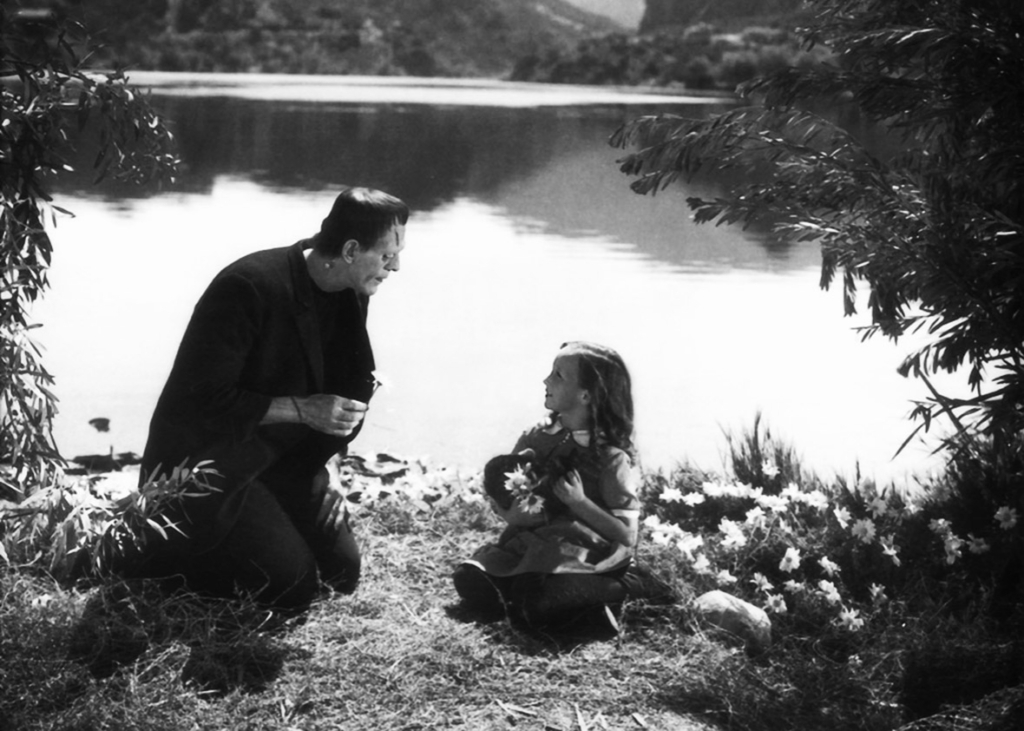
Based on Mary Wollstonecraft Shelley’s 1818 novel of the same name, Frankenstein tells the tragic tale of Dr. Frankenstein (Colin Clive), who manipulates dead body parts to create a monster (Boris Karloff). In doing so, Dr. Frankenstein explores the horrifying repercussions of dangerous experimentation and knowledge seeking.
The story also illustrates human nature’s inclination toward societal rejection, prejudice, and the ostracization of those deemed other.
We tend to shun those who don’t fit into our pre-established mold of normalcy. Frankenstein not only addresses the fear of someone different but also raises questions about humanity’s flaws and the motivations of those who seek scientific advancement and who harbor narcissistic tendencies.
Horror and mystery permeate the film’s atmosphere, making it a prime example of Gothic Horror at its finest. But what truly elevates it is its timeless story of monstrosity and tragedy. While the monster is the obvious object of fear, the self-obsessed doctor — with his desire to play the role of God, making him an amoral and callous creator — is the true source of evil.
Ironically, the “terrifying” monster exhibits greater sensitivity and empathy.
Frankenstein has become one of the most well-known horror classics of all time. Mary Shelley’s famous novel has received numerous film adaptations over the years, adding to its fame, and the poignant story still has the power to move us more than 200 years later.
2. Crimson Peak (2015)
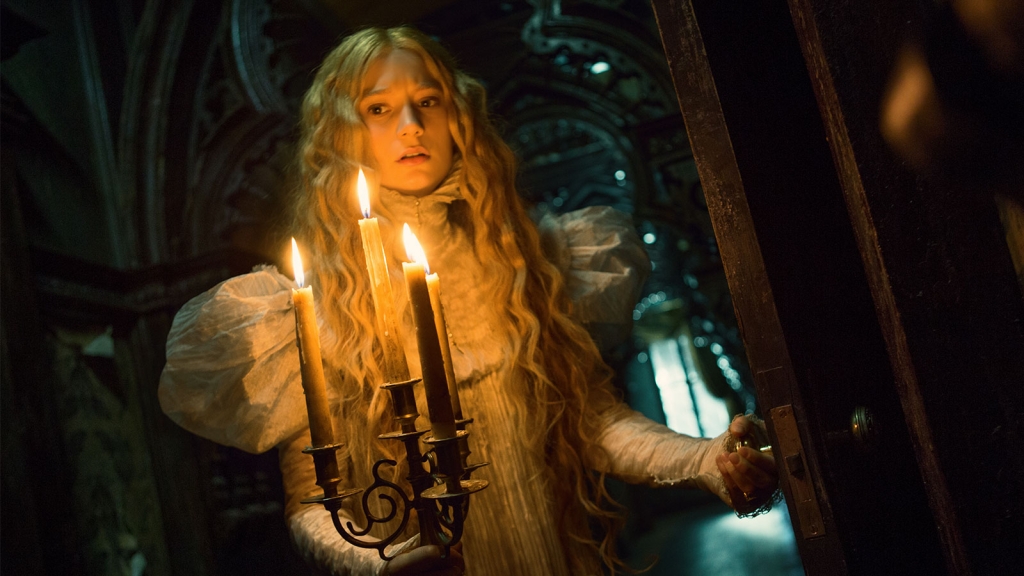
Guillermo Del Toro’s underrated masterpiece, Crimson Peak, is another remarkable illustration of Gothic horror — an unnerving ghost story that wows with stunning visuals.
The film features aspects of the paranormal, hauntings, and madness. It creates a sense of impending doom ready to swallow you whole while paying homage to the macabre and romantic facets of Gothic horror.
We follow Edith (Mia Wasikowska), an intelligent yet naive woman who marries the mysterious and charming Mr. Thomas Sharpe (Tom Hiddleston). He brings her to his secluded gothic mansion to live with him and his intimidating sister Lucille (Jessica Chastain). Edith has had a psychic connection with the dead ever since she was a young girl, so upon her arrival at Sharpe Manor, her senses push her to investigate the hidden secrets so desperately concealed.
As Edith makes horrifying discoveries during her stay, ghostly figures and a hungry house plague her days and nights, corrupting what is supposed to be a new and happy marriage to Thomas.
Gothic horror is a visual and sensory experience, and Crimson Peak excels in that department. The purpose of Sharpe Manor is to be all-consuming with its old, Victorian-like decor. The mansion was likely once beautiful, but now it harbors a great evil and still maintains a sense of dark beauty with its lofty ceilings, deeply saturated color scheme, and winding stairs leading to hallways of terror.
Edith feels suffocated by its claustrophobic, heavy air. Under the manor, red clay from the basement makes its way outside and stains the white snow, giving the building an eerie appearance. The costumes, especially Lucille’s, embody Gothic horror. She is decked out in elaborate and intensely dark tones like black, green, or red, which reflect her villainous personality.
In addition to its pervasive dread and dramatic atmosphere, Crimson Peak is a Gothic romance with intensely unsettling moments that counterbalance the romance and the scares.
The film combines horror, confinement, passion, and themes of isolation in an enthralling way.
3. The Woman in Black (2012)
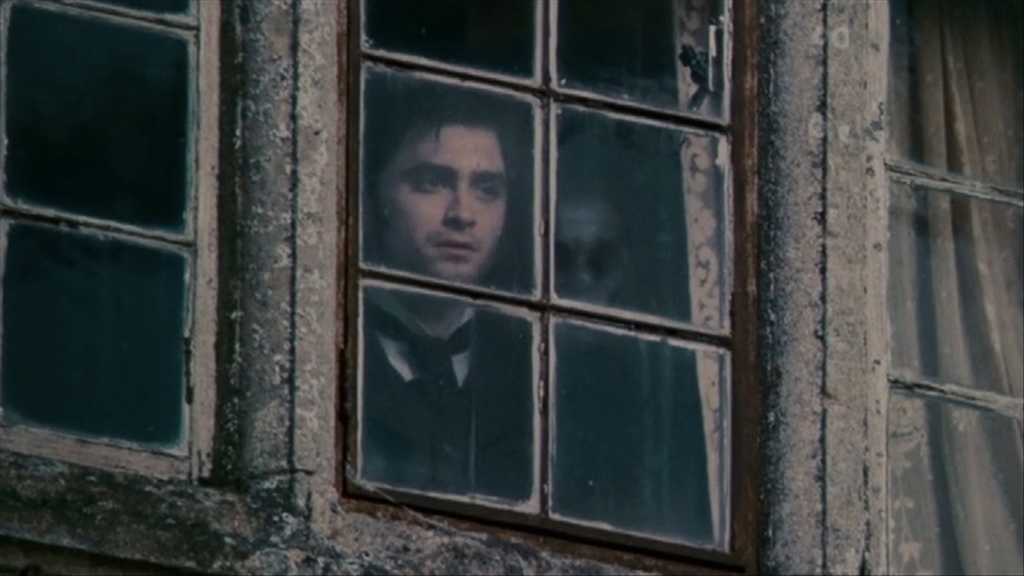
Susan Hill penned and released the gothic horror novel The Woman in Black in 1983. The 2012 film adaptation was directed by James Watkins and starred popular actors Daniel Radcliffe and Ciaran Hinds.
A young solicitor named Arthur Kipps is sent to a remote, cursed village to check the paperwork for Eel Marsh House. After receiving a cold welcome, he ignores the villagers’ pleas for him to leave. He continues to work at Eel Marsh House, only to learn that it’s haunted by a woman in black — a vengeful spirit who became distraught after losing her son and now wreaks havoc among the village children.
Although Arthur is determined to complete his job, he unknowingly endangers himself, the locals, and even his son.
The film depicts desolate settings, the sinister interior of a haunted house, gloomy graveyards, children suffering, a horrific ghostly presence, and misery. The story revolves around a supernatural evil being that is diabolical. Darkness imbues the screen almost the entire film, providing an uneasy feeling where we’d like nothing better to do than cower in fear under the blankets as this gothic horror stirs up emotional and physical responses with its unsettling atmosphere and jump scares.
In Gothic horror, deteriorating mansion ruins and similar settings reflect the weak emotional state of the lead character, in this case, Arthur Kipps. His facade is chiseled away with each interaction he has with the woman in black and with moments of terror within the house.
The most terrifying moments come from cliches like the rocking chair that rocks by itself, the spectral figure in the corner of the room, or even inanimate objects moving.
The film and novel are classic examples of Gothic horror at its core: inevitable horror set against an eerie landscape with shadowy architectural imagery.


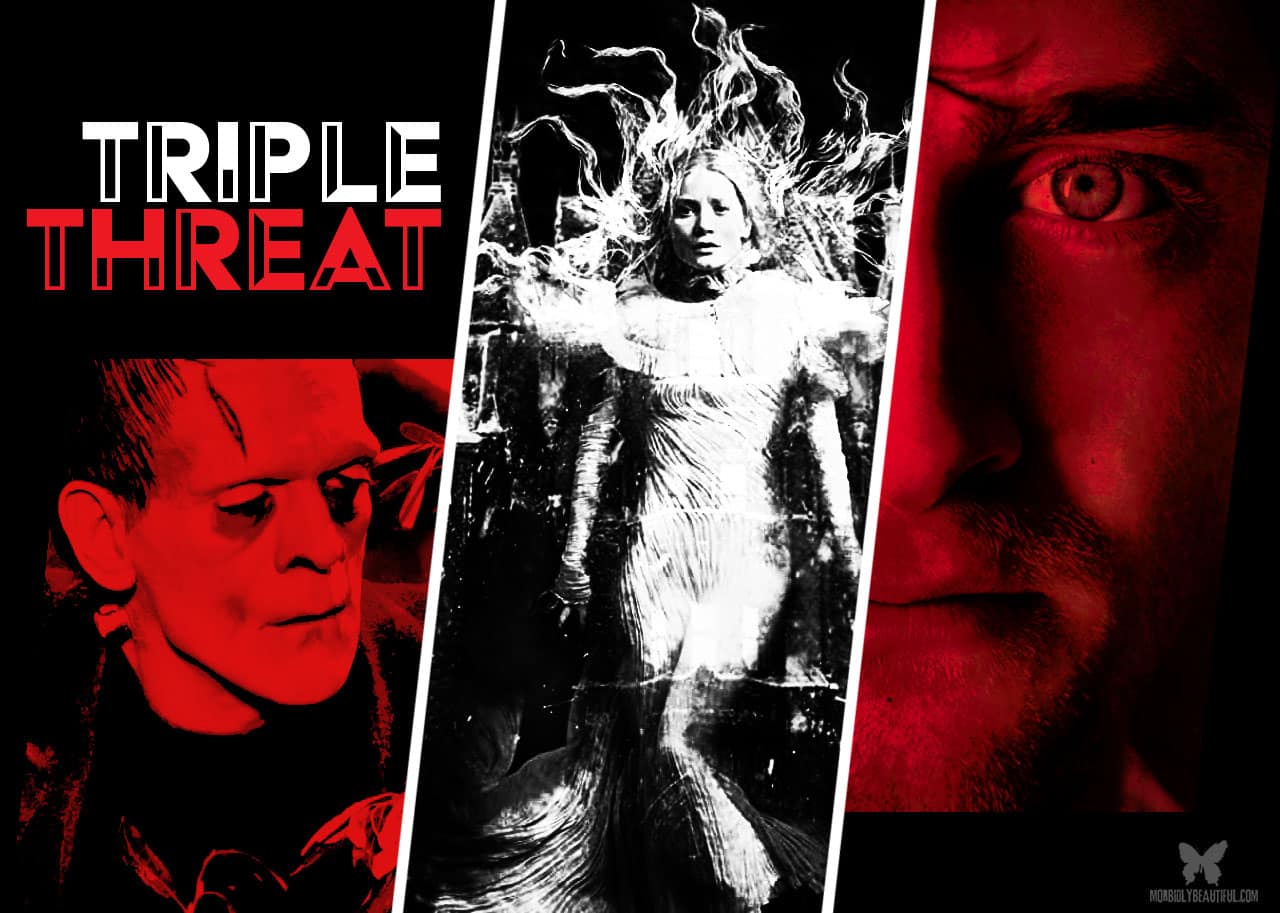
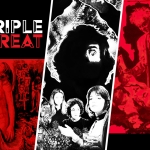






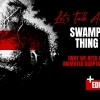


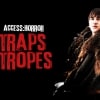
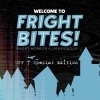
Follow Us!